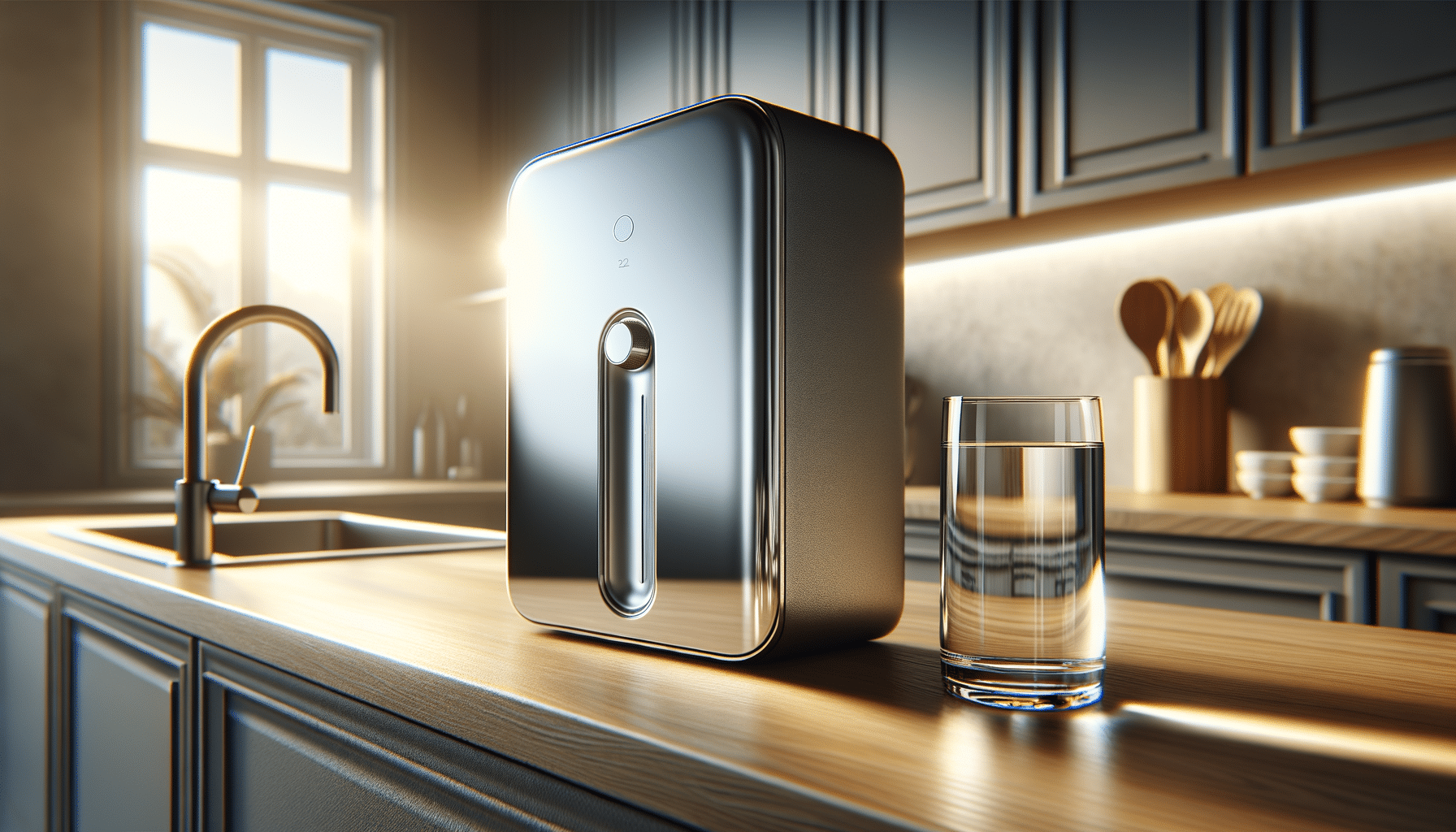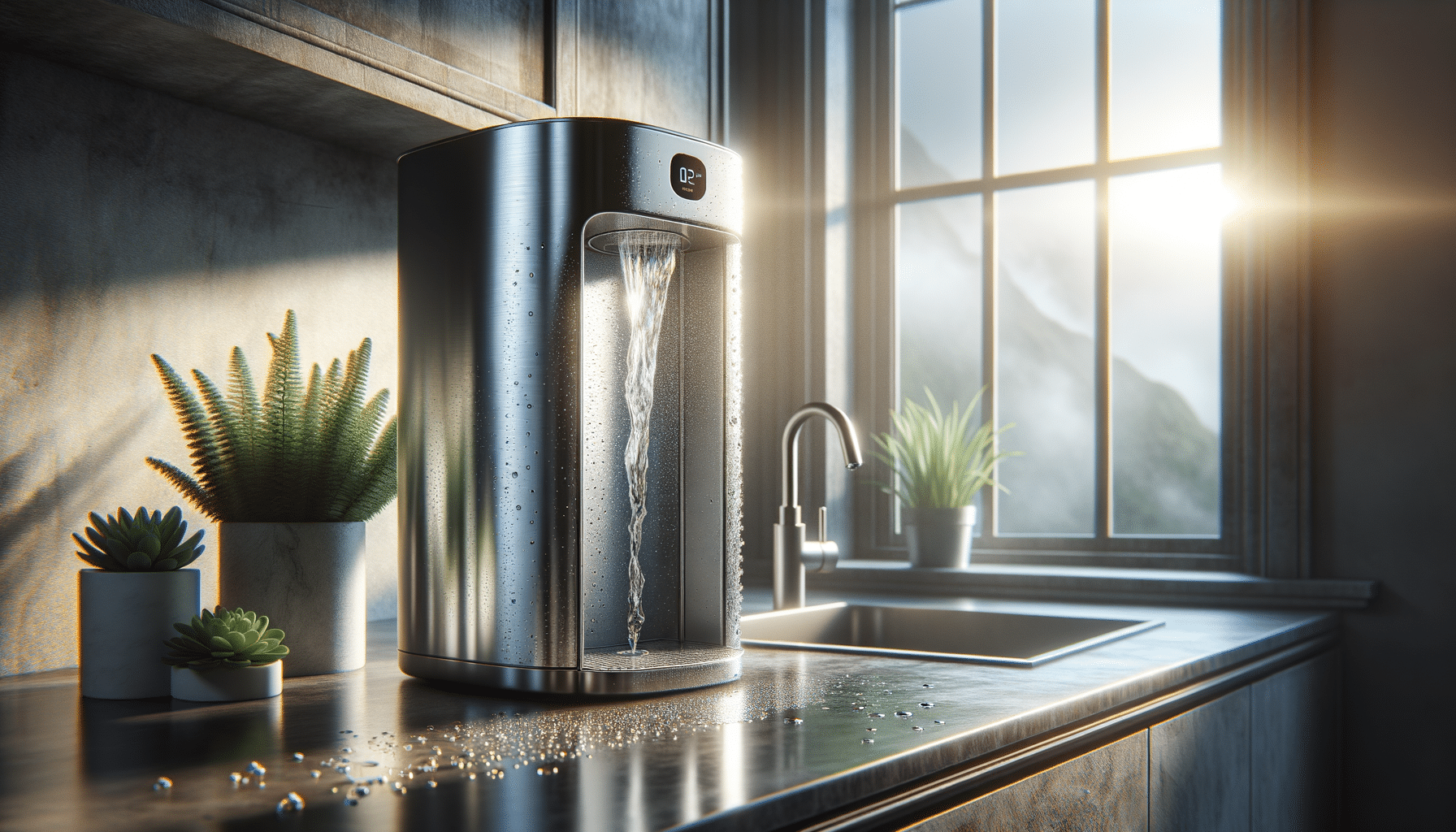
Water purifier
Understanding Water Purification Technologies
Water purification is an essential process that involves removing contaminants and impurities from water to make it safe for consumption. Different technologies are employed to achieve this goal, each with its unique advantages and limitations. Among the most renowned technologies are reverse osmosis, ultraviolet purification, and activated carbon filtration.
Reverse osmosis is a widely used method that removes a significant percentage of contaminants by forcing water through a semipermeable membrane. This process is effective in eliminating dissolved salts, bacteria, and other impurities, making it a popular choice for households.
Ultraviolet purification, on the other hand, uses ultraviolet light to inactivate microorganisms. While it doesn’t remove chemical contaminants, it is highly effective in killing bacteria and viruses, thus ensuring microbiologically safe water.
Activated carbon filters are also a common choice, particularly for removing chlorine, sediment, and volatile organic compounds. They work by adsorbing impurities onto the surface of the carbon, improving the taste and odor of the water.
Each of these technologies has a specific role and can be used in combination to achieve optimal water quality. The choice of technology often depends on the specific contaminants present in the water and the desired level of purification.
The Benefits of Using a Water Purifier
Investing in a water purifier offers numerous benefits that contribute to overall health and well-being. Firstly, water purifiers ensure that the water you consume is free from harmful bacteria, viruses, and chemical pollutants. This is crucial for preventing waterborne diseases and maintaining a healthy lifestyle.
Moreover, purified water typically tastes better and is free from unpleasant odors. This makes it more appealing to drink, encouraging adequate hydration, which is vital for numerous bodily functions.
Using a water purifier can also be cost-effective in the long run. While there is an initial investment, it eliminates the need for purchasing bottled water, thus reducing plastic waste and saving money over time.
Additionally, water purifiers contribute to environmental sustainability by reducing the reliance on plastic bottles. This aligns with global efforts to minimize plastic pollution and promote eco-friendly practices.
Overall, the benefits of using a water purifier extend beyond personal health to include financial savings and environmental responsibility.
How to Choose the Right Water Purifier for Your Needs
Selecting the appropriate water purifier for your household involves considering several factors to ensure it meets your specific needs. Understanding the quality of your water supply is a crucial first step. Conducting a water test can identify the types of contaminants present, guiding your decision on the suitable purification technology.
Consider the capacity and flow rate of the purifier, especially if you have a large family or high water consumption. A system with a higher flow rate will be more efficient in providing adequate purified water for daily use.
Maintenance requirements and costs are also important considerations. Some purifiers require regular filter replacements, which can add to the overall cost of ownership. Ensure that the model you choose has accessible and affordable replacement parts.
Additionally, factor in the installation process and space availability. Some purifiers are compact and easy to install, while others may require professional installation and more space.
By carefully evaluating these aspects, you can make an informed decision that ensures you select a water purifier that offers the best value and meets your household’s needs.
Maintenance Tips for Optimal Performance
To maintain the efficiency and longevity of your water purifier, regular maintenance is essential. One of the key aspects of maintenance is the timely replacement of filters. Overused filters can become clogged and reduce the effectiveness of the purification process. Check the manufacturer’s guidelines for the recommended replacement intervals and adhere to them.
Cleaning the purifier’s components, such as the water tank and spouts, is important to prevent the buildup of bacteria and mold. Use a mild cleaning solution and ensure all parts are thoroughly rinsed before reassembling.
Regularly inspect the purifier for any signs of wear or damage, such as leaks or unusual noises. Addressing these issues promptly can prevent more significant problems and ensure the purifier continues to operate effectively.
If your purifier uses ultraviolet light, ensure the UV lamp is functioning correctly. UV lamps typically have a lifespan and should be replaced as recommended by the manufacturer.
By following these maintenance tips, you can ensure that your water purifier continues to provide clean and safe drinking water efficiently.
Conclusion: Prioritizing Clean Water for Better Health
In conclusion, investing in a water purifier is a crucial step towards ensuring access to clean and safe drinking water. With various technologies available, it’s essential to choose a purifier that aligns with your specific needs and water quality requirements.
The benefits of using a water purifier extend beyond health to include cost savings and environmental sustainability. By understanding the importance of maintenance and selecting the right purifier, you can enjoy the peace of mind that comes with knowing your drinking water is safe and of exceptional quality.
Prioritizing clean water is a commitment to better health and well-being, making it an investment worth considering for every household.


